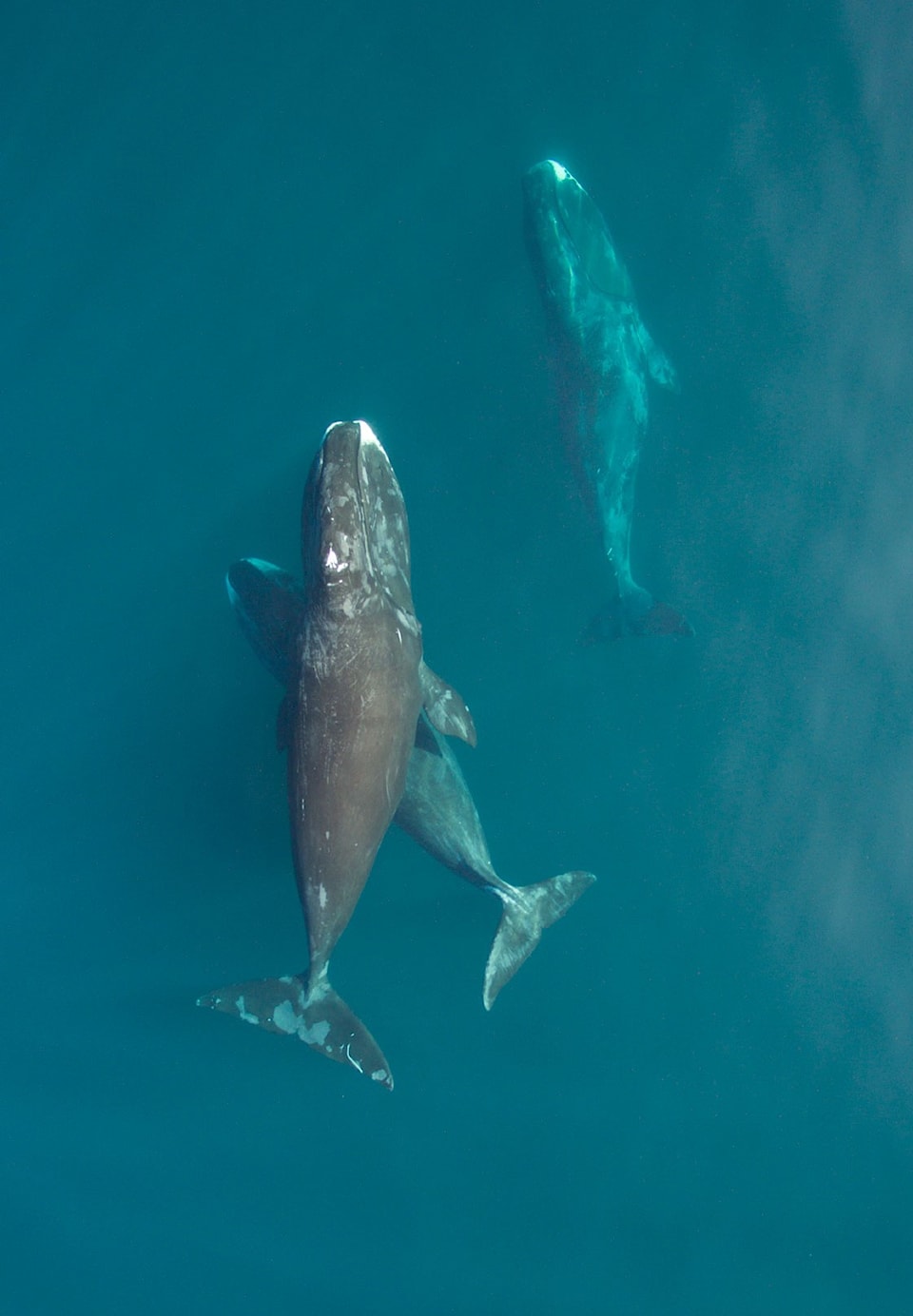A Department of Fisheries and Oceans study on the population of bowhead whales is being guided by the Iglulik and Nangmautaq hunters and trappers associations (HTAs) in Clyde River from Aug. 5 to Aug. 20.
The HTAs will take scientists on boating trips off the coast of Baffin Island to search for the whales, collect samples and take drone footage, according to the projectSA����Ӱ�Ӵ�ý�s primary biologist, Brent Young.
SA����Ӱ�Ӵ�ý�WeSA����Ӱ�Ӵ�ý�ll rely on local knowledge of our Inuit team members, as well as input from the HTA and local hunters, for locations to search,SA����Ӱ�Ӵ�ý� Young told Nunavut News.
Bowheads are one of the few whales that exclusively live in the Arctic and sub-Arctic waters. They are the longest-living marine mammals in the world. The estimates some bowhead whales may live for over 200 years, based on their scars from harpoons.
To collect samples from the whales, guides from the HTAs will "cautiously approach with the boats, to a distance of about 15 metres so we can use a crossbow with a special arrow to collect small skin samples,SA����Ӱ�Ӵ�ý� Young said.
The arrows are only 4 millimetres wide and 40 millimetres long, so the whales wonSA����Ӱ�Ӵ�ý�t get injured in the process.
Young hopes they can collect samples from 20-30 whales and take pictures of about 50 bowheads.
Assessing the samples will give biologists at the Department of Fisheries and Oceans a better idea of the status of the bowhead population.
SA����Ӱ�Ӵ�ý�Arctic marine mammals are vitally important for subsistence hunting and hold significant cultural importance,SA����Ӱ�Ӵ�ý� Young said. SA����Ӱ�Ӵ�ý�Surveys and other research will guide conservation efforts and management practices with the goal of maintaining healthy populations for many years to come.SA����Ӱ�Ӵ�ý�
This is YoungSA����Ӱ�Ӵ�ý�s sixth field expedition to study bowhead whales, but his first to Clyde River.
Bowhead whales are sometimes also called Greenland right whales.
The species has an estimated population of 10,000 and is not considered at risk of becoming endangered.
The massive sea creatures are important to Arctic ecology, Young explained, because they eat plankton deep in the ocean and bring the nutrients back to the surface.
Bowhead whales are, on average, 15 metres long and weigh 60 to 80 tonnes.
Nunavut News contacted the HTAs in Clyde River and Iglulik for comment but didn't hear back prior to publication deadline.



